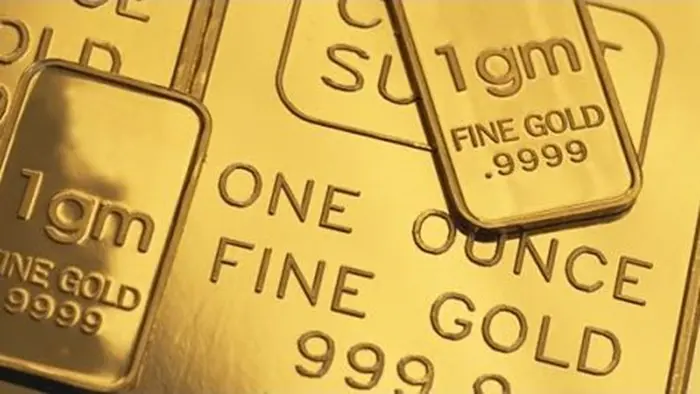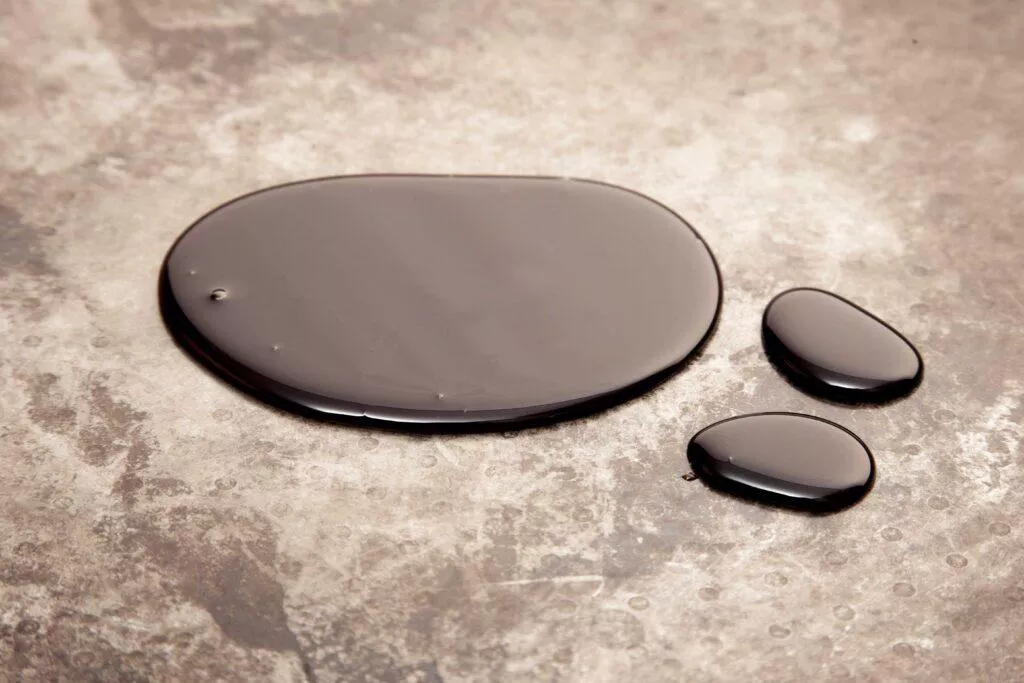Gold jewelry is often marked with various stamps and numbers, indicating its quality, origin, or composition. One common mark that confuses many is “925.” Understanding what “925” means on gold jewelry is essential for both buyers and sellers. This article will delve into the significance of the “925” stamp, its implications for gold jewelry, and related topics.
Understanding the “925” Mark
Historical Context of the “925” Stamp
The “925” mark has historical significance in the world of jewelry. Traditionally, this stamp has been used to denote the purity of silver. Specifically, “925” indicates that the piece is made of sterling silver, which is 92.5% pure silver, with the remaining 7.5% usually composed of other metals, such as copper. This standard has been widely accepted and recognized internationally.
“925” in Relation to Silver Jewelry
In silver jewelry, the “925” stamp assures buyers that the piece meets a certain standard of quality and purity. Sterling silver is known for its durability and beauty, making it a popular choice for various types of jewelry. However, when it comes to gold jewelry, the “925” mark can cause confusion.
What “925” Means on Gold Jewelry
Gold Plating over Sterling Silver
When you see “925” on gold jewelry, it typically means that the piece is made of sterling silver and then plated with gold. This type of jewelry is often referred to as “gold-plated silver” or “vermeil.” The gold layer can vary in thickness, and the base metal, being sterling silver, ensures a level of quality and durability.
Vermeil Jewelry
Vermeil (pronounced “ver-may”) is a specific type of gold-plated jewelry. To qualify as vermeil in the United States, the gold layer must be at least 10 karats and 2.5 microns thick. The base metal must be sterling silver. This type of jewelry combines the luxurious appearance of gold with the affordability of silver.
Difference from Gold-Filled and Gold-Plated Jewelry
Gold-filled and gold-plated jewelry also involve a layer of gold over a base metal, but there are key differences. Gold-filled jewelry has a thicker layer of gold compared to gold-plated, and the process of bonding the gold to the base metal is more durable. The base metal in gold-filled jewelry is often brass or another non-precious metal, unlike the sterling silver used in vermeil.
See Also: 5 Best Gold Stocks To Buy
How to Identify 925 Gold Jewelry
Visual Inspection and Stamps
The most straightforward way to identify 925 gold jewelry is by looking for the stamp. This mark is usually placed in inconspicuous areas, such as the clasp of a necklace or the inner band of a ring. Alongside the “925” stamp, you might also see additional markings indicating the gold’s karat weight.
Professional Appraisal
For a more precise identification, a professional jeweler can examine the piece. They can test the metal and confirm the composition, ensuring that the jewelry is indeed gold-plated sterling silver. Professional appraisals can also provide insights into the quality and value of the piece.
Advantages of 925 Gold Jewelry
Affordability
One of the main advantages of 925 gold jewelry is its affordability. Since the base metal is sterling silver, the overall cost is lower than solid gold jewelry. The gold plating provides the luxurious look of gold without the high price tag.
Durability
Sterling silver is a durable metal, making 925 gold jewelry more robust than other types of gold-plated jewelry. The combination of a silver base and a gold layer results in a piece that can withstand daily wear and tear.
Hypoallergenic Properties
Sterling silver is generally hypoallergenic, making 925 gold jewelry suitable for those with sensitive skin. The gold layer adds an extra layer of protection, reducing the risk of allergic reactions.
Disadvantages of 925 Gold Jewelry
Potential for Tarnishing
While sterling silver is durable, it can tarnish over time. The gold layer on 925 jewelry can wear off, exposing the silver underneath, which may require regular maintenance to keep the piece looking its best.
Limited Lifespan of Gold Plating
The gold plating on 925 jewelry is not permanent. Depending on the thickness of the gold layer and how often the piece is worn, the gold can wear away over time. This can affect the appearance and value of the jewelry.
Value Compared to Solid Gold
925 gold jewelry typically has less intrinsic value compared to solid gold jewelry. The value is primarily in the craftsmanship and the combination of materials rather than the gold content alone.
Caring for 925 Gold Jewelry
Cleaning and Maintenance
Proper care is essential to maintain the appearance and longevity of 925 gold jewelry. Clean the jewelry regularly with a soft cloth to remove any dirt or oils. Avoid using abrasive cleaners that can scratch the gold layer or the silver underneath.
Storage
Store 925 gold jewelry in a dry, cool place. Use a jewelry box or pouch to prevent scratches and exposure to moisture. Keeping the jewelry away from harsh chemicals, such as chlorine or household cleaning agents, can also help preserve its condition.
Periodic Replating
Over time, the gold layer on 925 jewelry may wear off. Consider taking the piece to a professional jeweler for replating. This process can restore the gold finish and extend the life of the jewelry.
Conclusion
The “925” mark on gold jewelry signifies that the piece is made of sterling silver with a layer of gold plating. This combination offers the appearance of gold jewelry at a more affordable price, with the added benefits of durability and hypoallergenic properties. While there are some disadvantages, such as the potential for tarnishing and the limited lifespan of the gold plating, proper care and maintenance can help preserve the beauty and value of 925 gold jewelry. Understanding these aspects allows buyers and sellers to make informed decisions and appreciate the unique qualities of this type of jewelry.
Related topics:
































